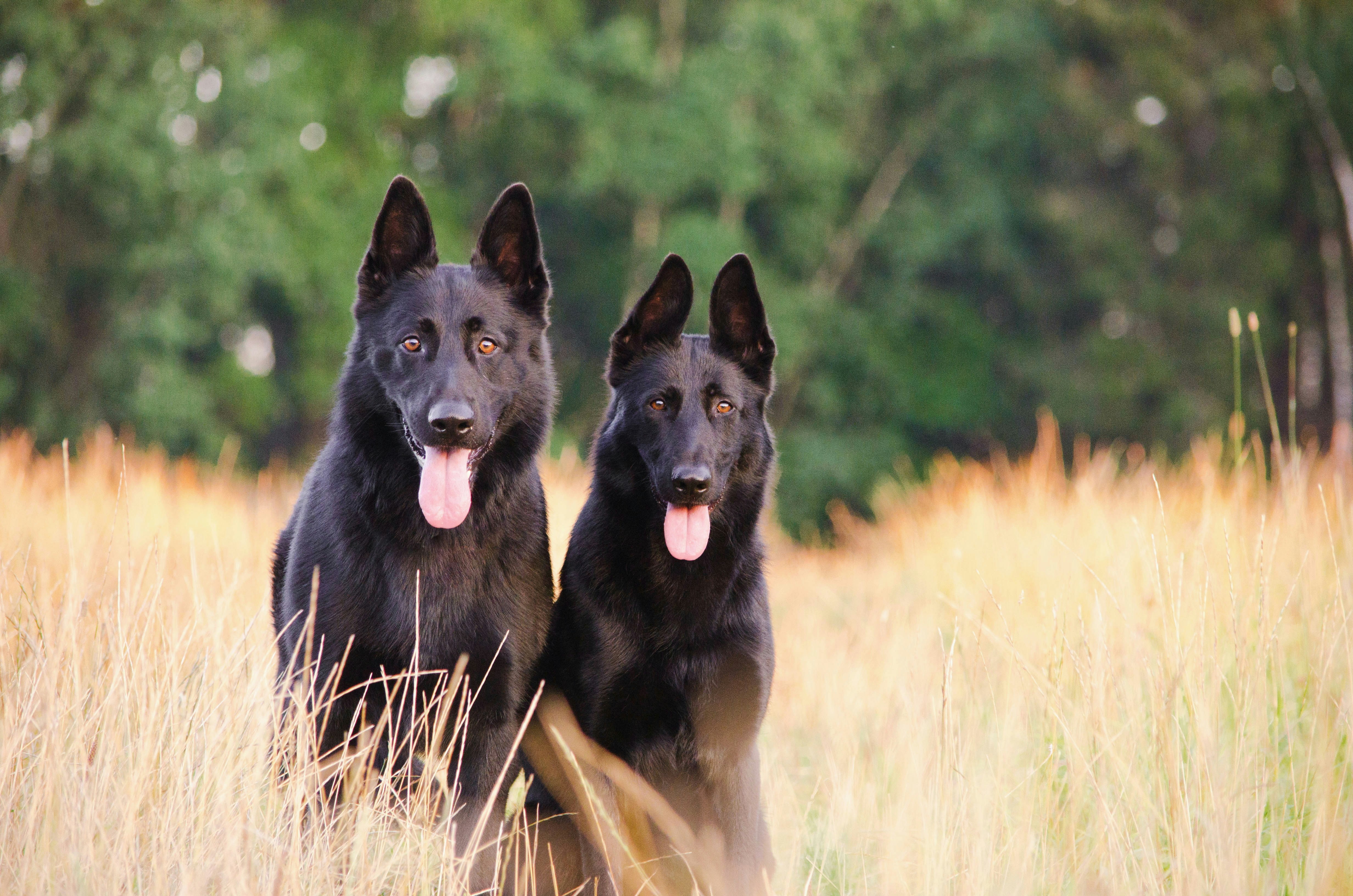From Whiskers to Wellbeing: What Your Dog’s Facial Expressions Reveal About Their Health
Your dog's face isn’t just adorable — it’s full of clues about their overall health. Just like humans, dogs use facial expressions to communicate feelings, emotions, and even discomfort. At Queva Pets, we believe that understanding your dog's expressions is a powerful way to enhance their care and well-being. Let’s dive into how a furrowed brow or droopy ears could reveal more than just mood.
The Language of Facial Expressions

Dogs have evolved alongside humans and can communicate surprisingly clearly through their facial features. Each part of their face plays a role in expressing how they feel:
- Eyes: Wide open, bright eyes often indicate alertness and well-being, while squinting may signal pain or fatigue.
- Ears: Erect ears show attention; pinned-back ears could be a sign of anxiety or fear.
- Mouth: A relaxed mouth means comfort, whereas tight lips or excessive panting can mean stress or discomfort.
- Whiskers: Forward whiskers indicate interest or excitement, while flattened whiskers may show stress.
Facial Cues That May Indicate Health Issues

Some facial expressions can be subtle signs of underlying health concerns. As a pet parent, being attentive to these changes is part of proactive dog care.
Signs to Watch For:
- Droopy or squinted eyes: Could indicate eye infections, allergies, or even underlying pain.
- Unusual panting or jaw movements: May hint at oral health problems or overheating.
- Asymmetrical facial expressions: Could be a sign of neurological issues or injuries.
If you notice any of these symptoms, consult your veterinarian for a thorough check-up.
Understanding Behavior Changes Through Facial Expressions

Behavioral changes are often accompanied by shifts in your dog’s facial appearance. This includes changes in mood, energy levels, and engagement with their environment.
Behavioral Red Flags:
- Less eye contact or signs of sadness
- Refusal to raise their head or ears when called
- Constant yawning or lip licking (signs of stress)
These expressions may signal emotional distress, boredom, or lack of physical activity — all of which can affect your dog’s health long-term.
Supporting Your Dog’s Wellbeing with Activity and Observation

Understanding your dog's facial expressions is just one part of maintaining optimal health. Regular exercise and attentive monitoring are crucial to their overall wellbeing.
At Queva Pets, we make it easy to stay on top of your dog’s health with our advanced tracking device. Designed to help you monitor their daily levels of activity, our tracker delivers:
- A daily overview of walking, running, light activity, and high activity
- Real-time GPS tracking to ensure your dog’s safety
- Health score insights to better understand physical wellness
By combining facial expression awareness with real data on your dog’s physical health, you’re giving your pet the best care possible.
Check out the Queva™ Tracker and take a proactive step toward your dog’s wellbeing today.
Conclusion: A Healthier Dog Starts with Observation

Your dog talks to you every day — not with words, but with the look in their eyes, the position of their ears, and the tilt of their mouth. Recognizing these signs can unlock a deeper connection and alert you to potential issues early on. Combine this knowledge with consistent activity monitoring for a vibrant, healthy, and happy pup.
